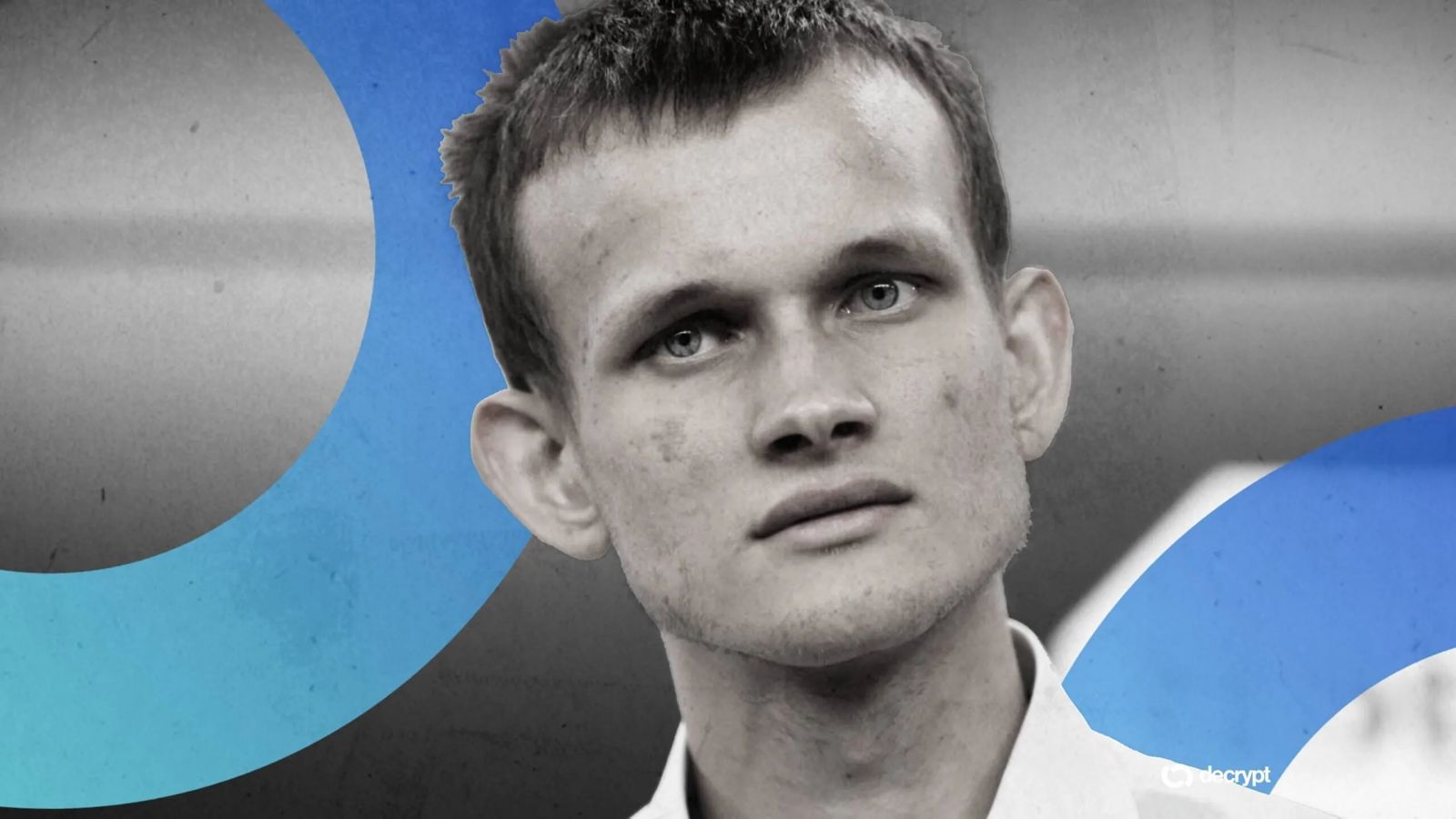Ethereum co-founder Vitalik Buterin has detailed a technical implementation of the GKR (Goldwasser-Kalai-Rothblum) protocol. The framework uses math methods that could change how networks perform complicated calculations without needing someone to redo the entire process.
The GKR protocol draws from research originally published by cryptographers Shafi Goldwasser, Yael Kalai, and Guy Rothblum. Buterin’s recent technical analysis explores adapting this cryptographic structure for blockchain settings, where verification overhead directly impacts transaction throughput and network capacity.
How the GKR Protocol Works
The protocol operates through arithmetic circuit representations, breaking down computations into structured layers of addition and multiplication gates. Each layer can be verified through polynomial evaluations rather than gate-by-gate checking. This structural approach transforms verification complexity from linear to logarithmic scaling relative to computation size.
Central to the system is the sum-check protocol, an interactive procedure where provers demonstrate computational correctness through polynomial commitments. The verifier checks these commitments against expected values, establishing accuracy without replicating the entire calculation.
Modern implementations convert this interaction into non-interactive formats through cryptographic transformations, making them compatible with blockchain consensus mechanisms.
The mathematical framework relies on multilinear extensions—polynomial representations that preserve the structure of binary inputs while enabling efficient verification queries. For circuits with specific characteristics, particularly those involving wide but shallow computational graphs, the protocol achieves verification times orders of magnitude faster than naive re-computation.
Implementation Challenges of the Proof System
Deploying GKR-based systems within existing blockchain infrastructure presents both opportunities and obstacles. The protocol’s reliance on finite field arithmetic aligns with computational primitives already present in many networks. This compatibility could facilitate integration compared to entirely novel cryptographic schemes requiring specialized hardware or software libraries.
Layer-2 scaling architectures represent a natural application domain. Rollup systems that aggregate multiple transactions into a single proof could incorporate GKR verification for specific transaction types or smart contract patterns where its performance characteristics prove advantageous. Combining different proof systems based on their structures may yield the best results.
While the protocol reduces verifier burden, prover operations remain computationally intensive, creating potential centralization pressures if only well-resourced participants can generate proofs efficiently.
Buterin’s analysis contributes to ongoing discourse about diversifying cryptographic tools available for blockchain scaling, acknowledging that no single proof system optimally serves all computational patterns encountered in decentralized applications.
READ MORE: Pudgy Penguins Price Prediction: Bulls Defend $0.022 as Volume Lags








